In recent years, the management of solid waste (SWM) in general and domestic waste (DW) in particular in the province has received attention from authorities at all levels. Up to now, the province has built 8 landfills, 3 centralized incinerators; vehicles and equipment for collecting, transporting and treating SWM have been invested and upgraded. Thanks to that, the rate of collected domestic waste has increased significantly, reaching about 98% in urban areas and about 77.3% in rural areas.
Centralized solid waste incinerator in Ta Rut commune, Dakrong district - Photo: TN
However, according to current statistics, the whole province generates about 345 tons of domestic waste every day and the amount of waste is expected to increase in the coming years. The processing capacity of current landfills cannot meet the needs of domestic waste treatment.
Building landfills takes up a lot of land and it is difficult to raise capital to build landfills.
According to Plan No. 530/KH-UBND dated February 11, 2019 of the Provincial People's Committee on implementing the national strategy on integrated management of solid waste to 2025, with a vision to 2050, the goal is that by 2025, 85% of the remaining urban areas will have solid waste recycling facilities suitable for household classification, and the rate of domestic solid waste treated by direct landfilling will be less than 30% of the amount of waste collected.
In recent years, the Department of Natural Resources and Environment has implemented pilot models of classifying and treating household waste at source in rural areas for 840 households in the communes of Hai Hung (Hai Lang), Trieu Hoa (Trieu Phong), Hai Thai (Gio Linh), Vinh Thai (Vinh Linh) and Trieu Nguyen (Dakrong).
Based on the pilot model, some localities in Hai Lang and Cam Lo districts have also expanded the model in the district, initially recording the rate of waste classified at source in localities annually reaching more than 11%.
In the current conditions, due to the lack of synchronous infrastructure for waste classification at source, collection, and centralized treatment in the area, the implementation of pilot models has brought practical results to rural areas.
The models have raised people's awareness of environmental protection, classification, collection and treatment of household waste; reduced the amount of waste transported to landfills, reduced costs for collection and transportation; and contributed to the implementation of environmental criteria in new rural construction.
Waste classification at source is considered a sustainable waste management and environmental protection solution. Good classification will limit the large amount of organic waste in household waste (estimated at 50-70%) going to landfills, equivalent to a 50% reduction in collection and treatment costs.
To do that, the active participation of households in implementing the household waste classification model plays an important role in replicating the model in residential areas.
To implement the objectives according to Directive No. 41/CT-TTg of the Prime Minister dated December 1, 2020 on a number of urgent solutions in strengthening solid waste management, the Law on Environmental Protection 2020 and related regulations require great efforts from competent agencies, local authorities and people.
In order to solve the pressing problems of waste treatment at present and in the future, in the practical conditions of localities still having difficulties in investing funds for treatment, investing in technology to convert from landfill to advanced treatment technologies, it is necessary to create mechanisms, conditions for socialization, mobilize investment sources in the field of waste treatment and determine a roadmap for implementing classification for each type of solid waste, ensuring the principle of "polluters must pay" to gradually build awareness of environmental protection, reduce littering by people and businesses.
Integrated management of household solid waste is the management of the entire life cycle of waste from generation to final treatment, including prevention, reduction, classification, collection, recycling and final treatment with the aim of protecting human health, protecting the environment, saving resources, adapting to climate change and aiming at sustainable development.
The requirement is that domestic waste must be managed and classified at the source to minimize the amount of waste generated at centralized treatment areas. The work of classifying domestic waste at the source must be associated with models of collection, treatment, recycling, and reuse of domestic waste components after classification.
Investment in the collection, transportation, recycling and treatment of domestic solid waste must be carried out using advanced, modern, environmentally friendly technology and suitable to local conditions, minimizing the amount of domestic solid waste that must be buried, aiming towards circular development.
Therefore, on January 25, 2024, the People's Committee of Quang Tri province issued a project to classify household solid waste at source in the province until 2025, with a vision to 2030. This is an important solution to promote waste classification at source in general, household solid waste treatment in particular, and strengthen environmental protection management in Quang Tri province.
Tan Nguyen
Source: https://baoquangtri.vn/tang-cuong-phan-loai-chat-thai-ran-tai-nguon-189147.htm


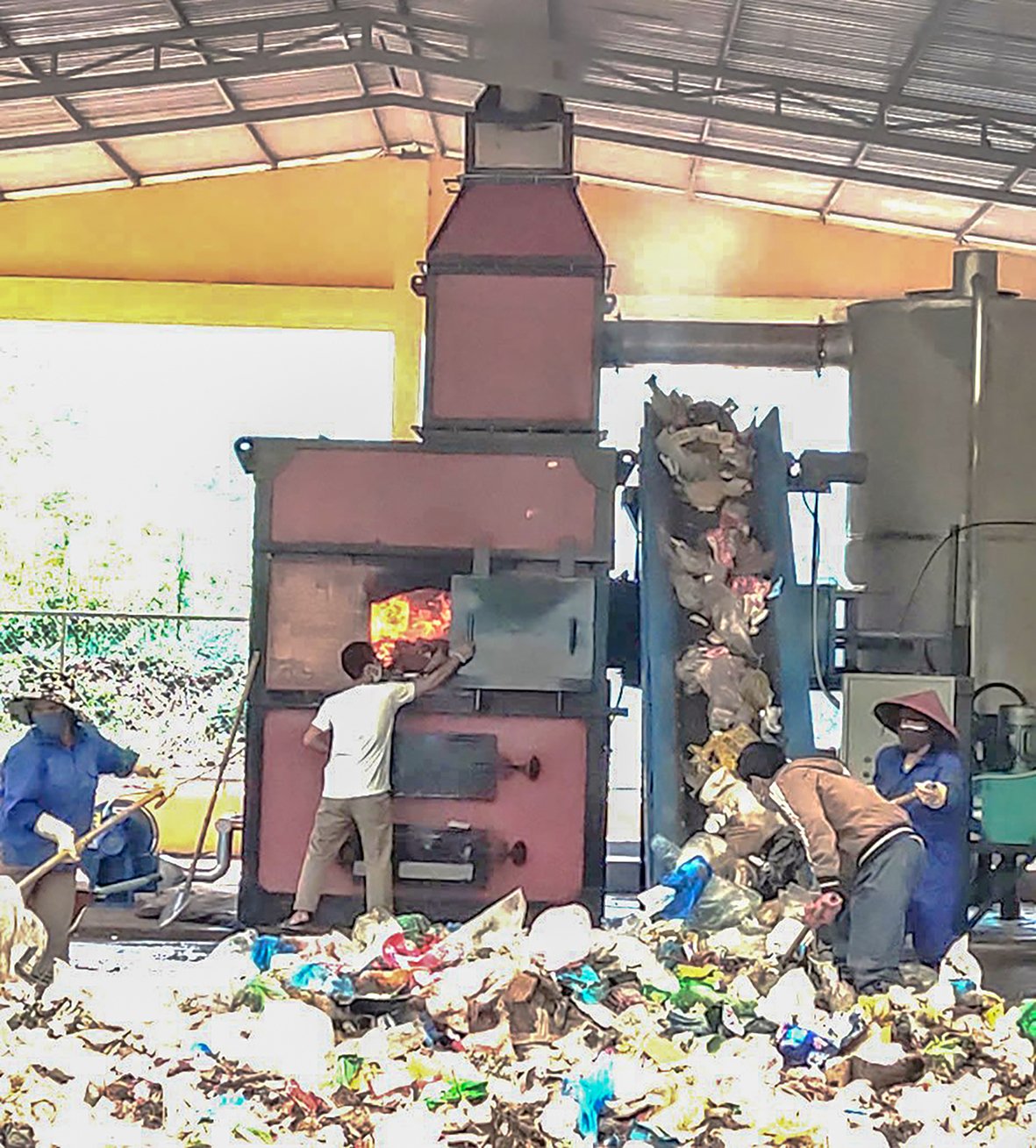
![[Photo] Celebrating the 70th Anniversary of Nhan Dan Newspaper Printing House](https://vstatic.vietnam.vn/vietnam/resource/IMAGE/2025/4/15/a7a2e257814e4ce3b6281bd5ad2996b8)

![[Photo] Prime Minister Pham Minh Chinh works with state-owned enterprises on digital transformation and promoting growth](https://vstatic.vietnam.vn/vietnam/resource/IMAGE/2025/4/15/f55bfb8a7db84af89332844c37778476)
![[Photo] Vietnamese and Chinese leaders attend the People's Friendship Meeting between the two countries](https://vstatic.vietnam.vn/vietnam/resource/IMAGE/2025/4/15/7d45d6c170034d52be046fa86b3d1d62)
![[Photo] Tan Son Nhat Terminal T3 - key project completed ahead of schedule](https://vstatic.vietnam.vn/vietnam/resource/IMAGE/2025/4/15/85f0ae82199548e5a30d478733f4d783)




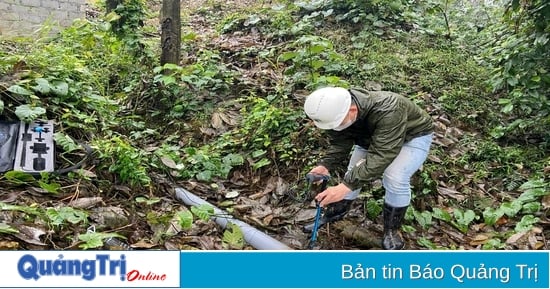

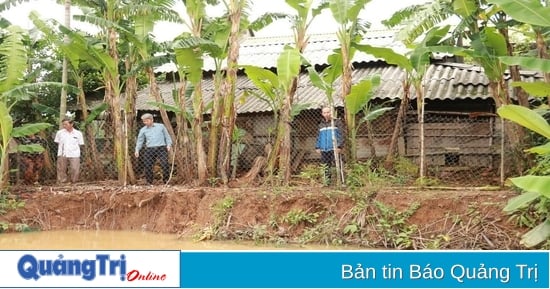
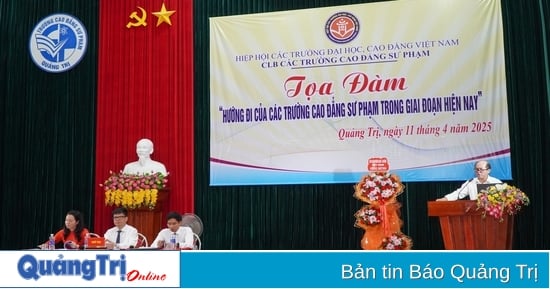
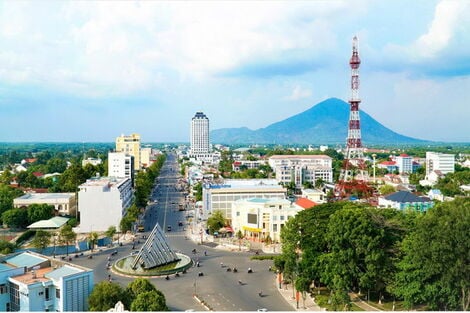

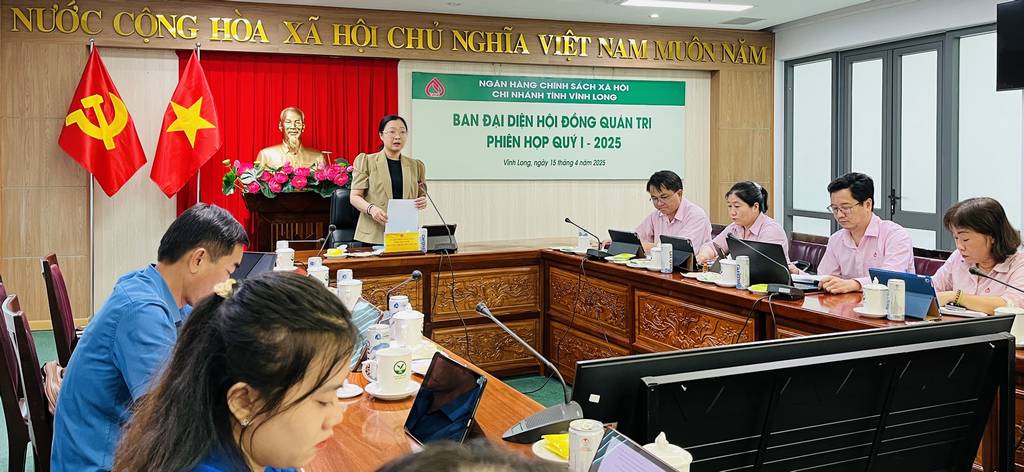

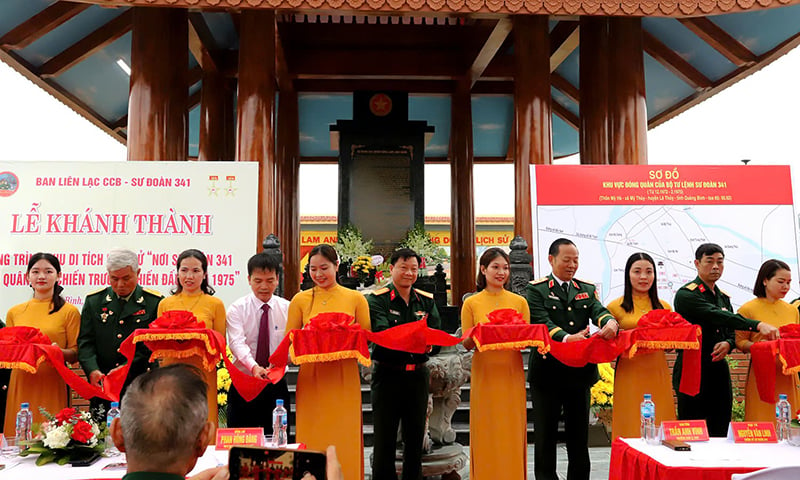
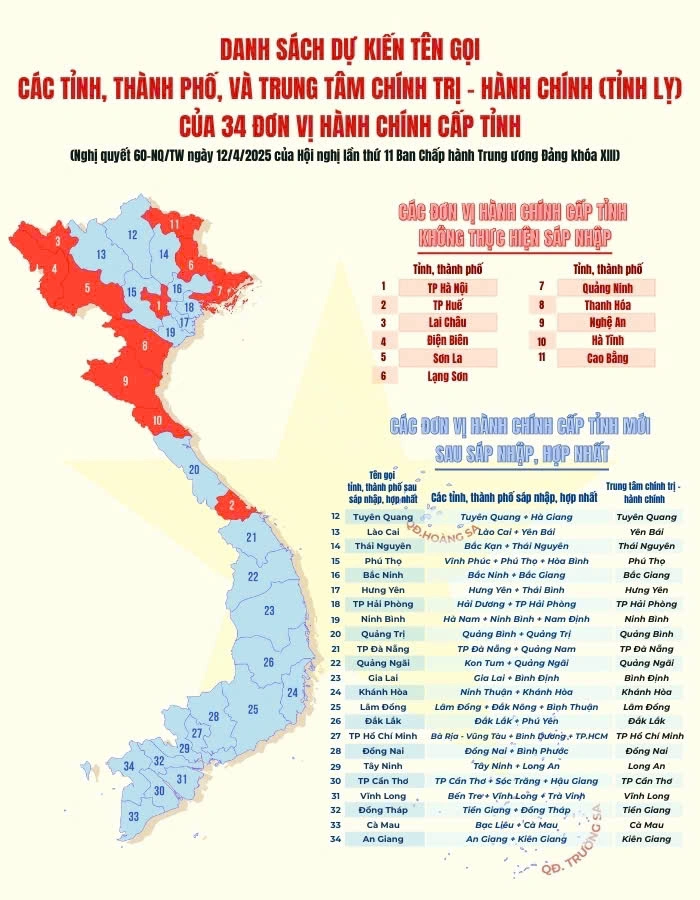






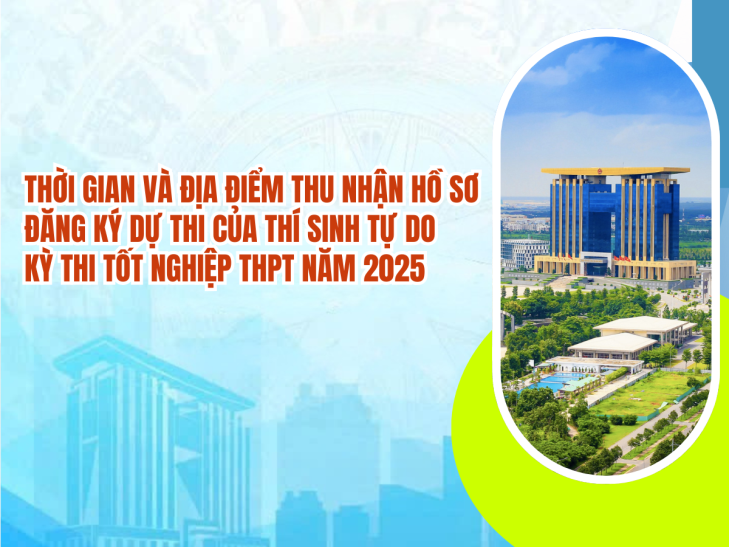
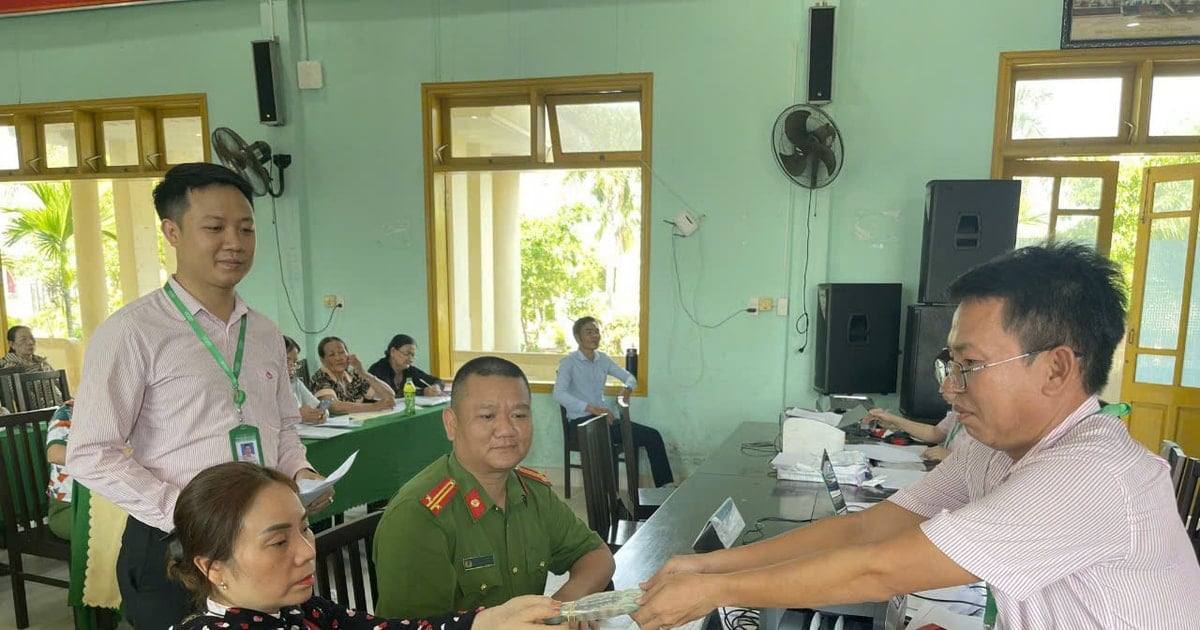
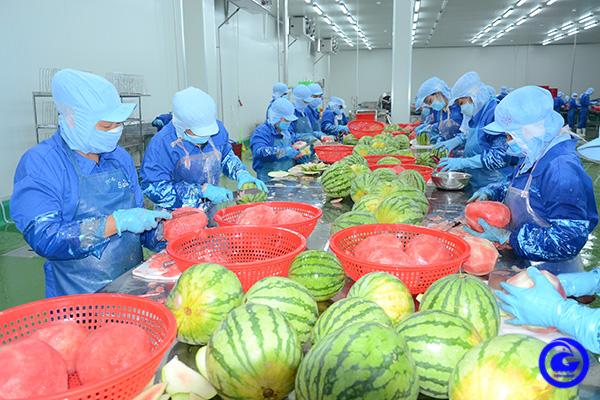

![[Photo] Prime Minister Pham Minh Chinh meets with General Secretary and President of China Xi Jinping](https://vstatic.vietnam.vn/vietnam/resource/IMAGE/2025/4/14/893f1141468a49e29fb42607a670b174)
![[Photo] Reception to welcome General Secretary and President of China Xi Jinping](https://vstatic.vietnam.vn/vietnam/resource/IMAGE/2025/4/15/ef636fe84ae24df48dcc734ac3692867)
![[Photo] National Assembly Chairman Tran Thanh Man meets with General Secretary and President of China Xi Jinping](https://vstatic.vietnam.vn/vietnam/resource/IMAGE/2025/4/14/4e8fab54da744230b54598eff0070485)
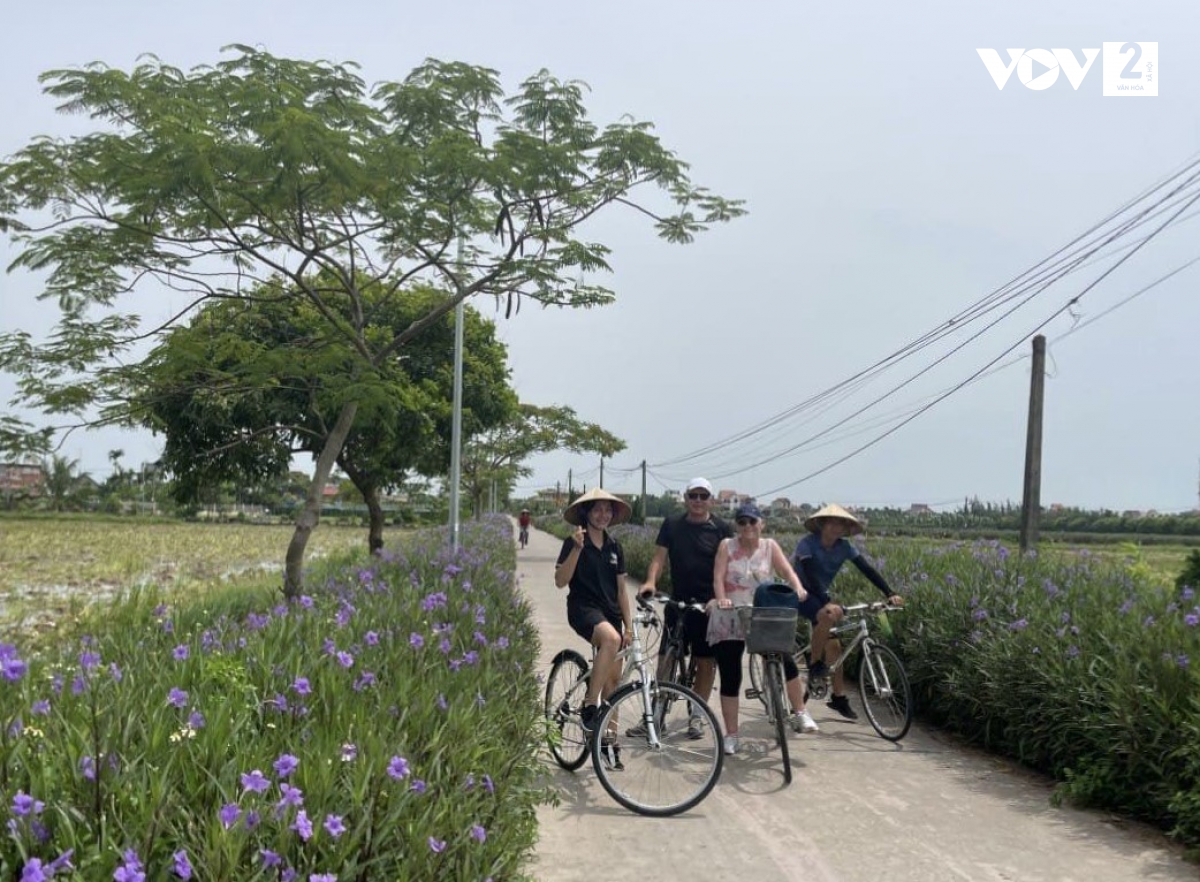

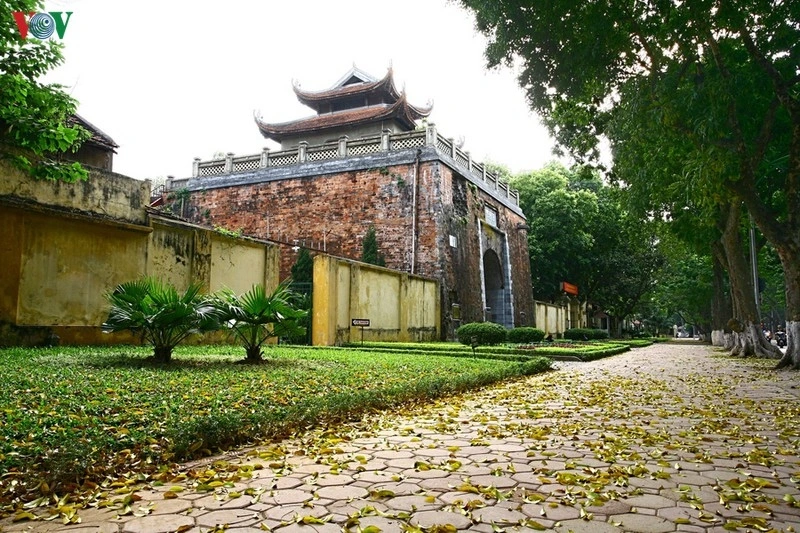
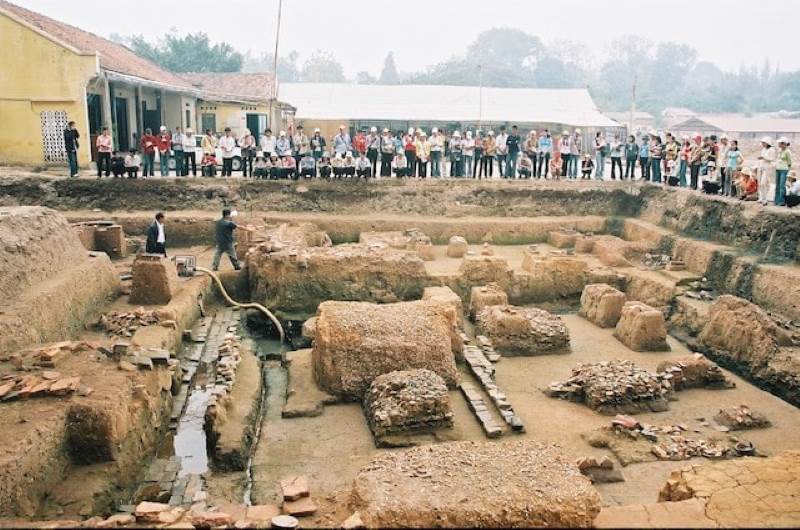

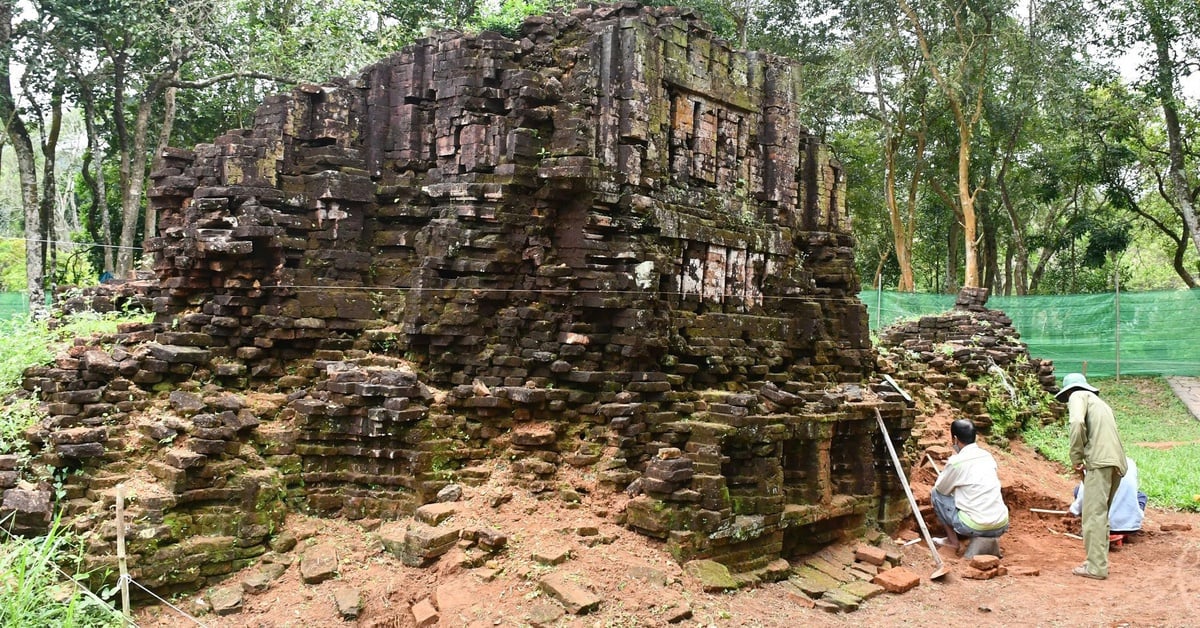

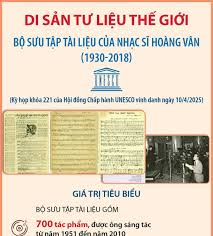

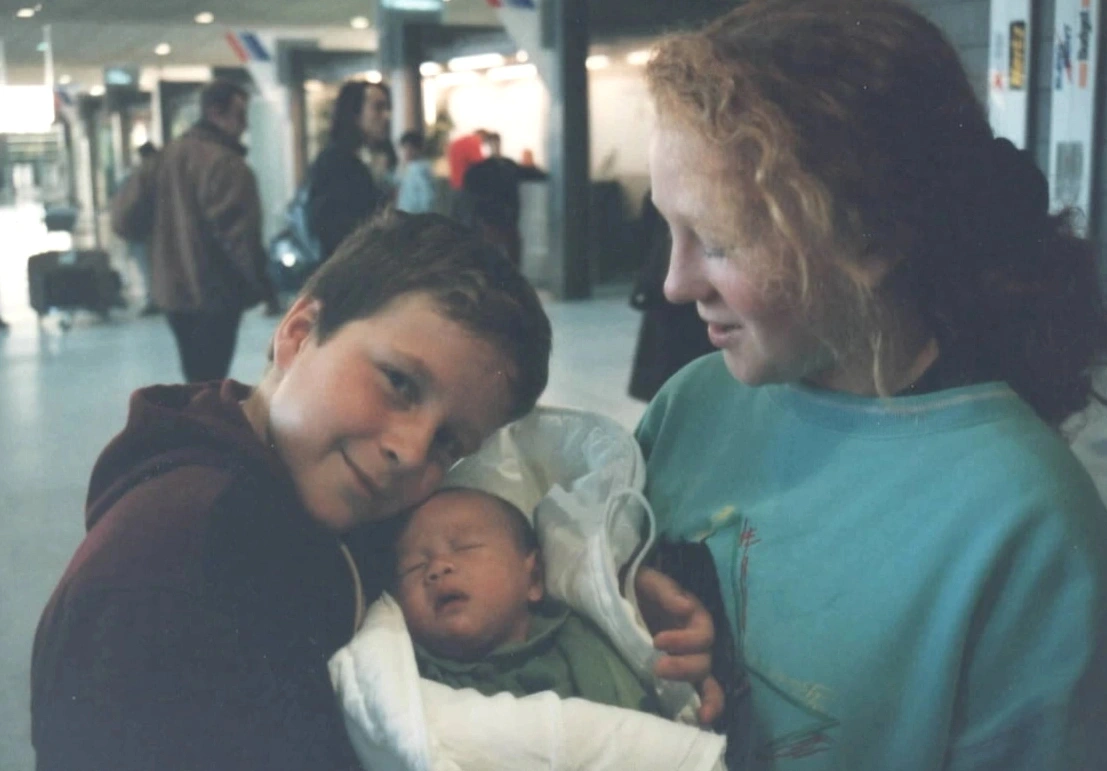









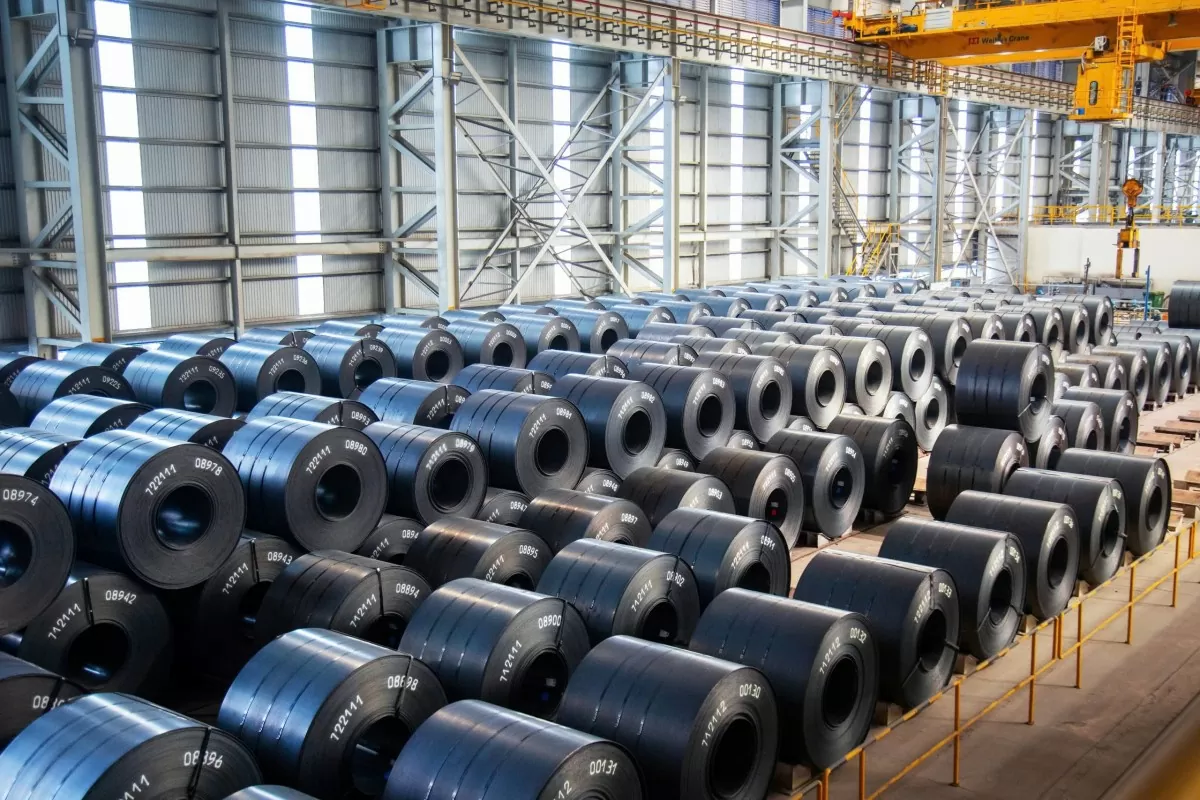

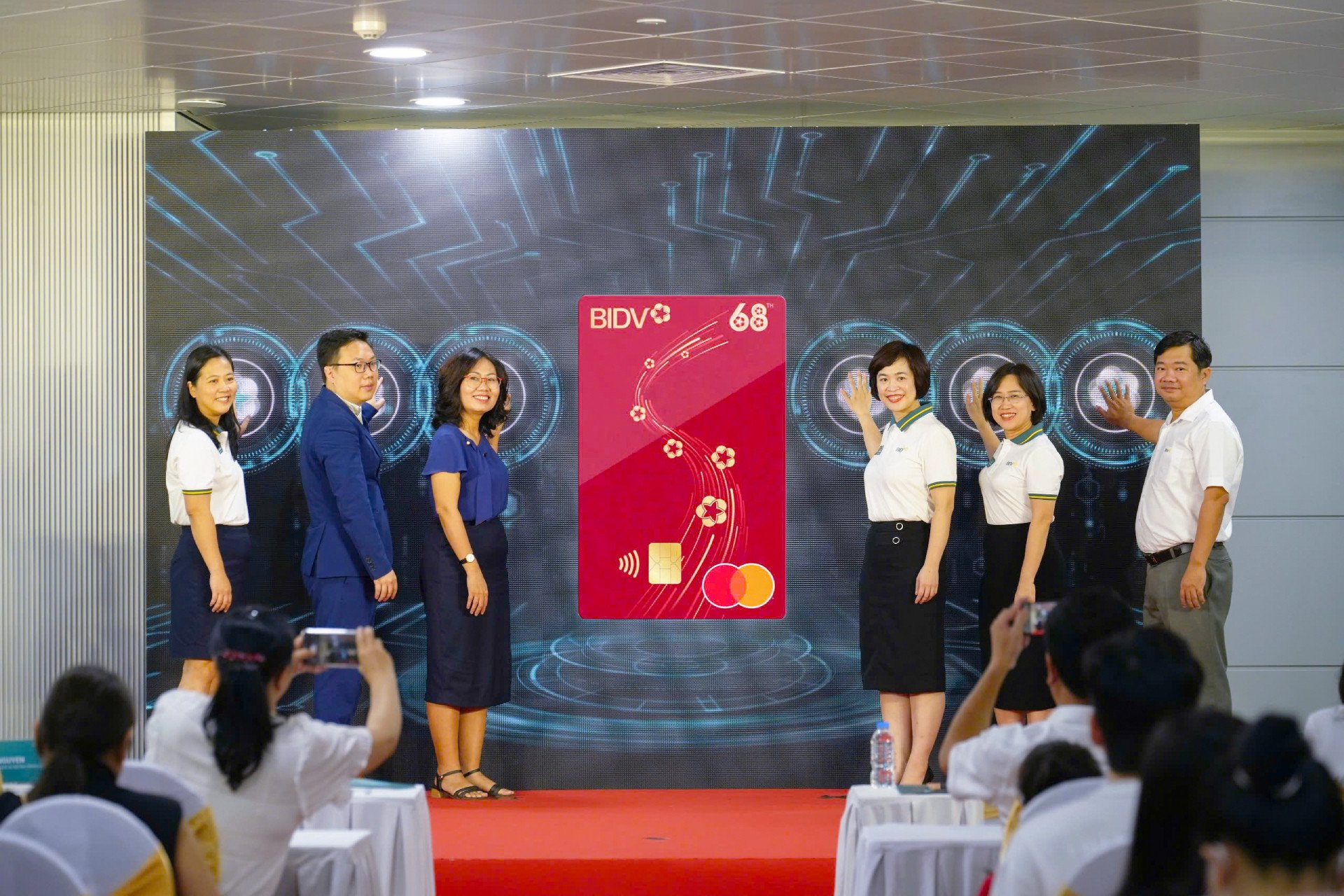


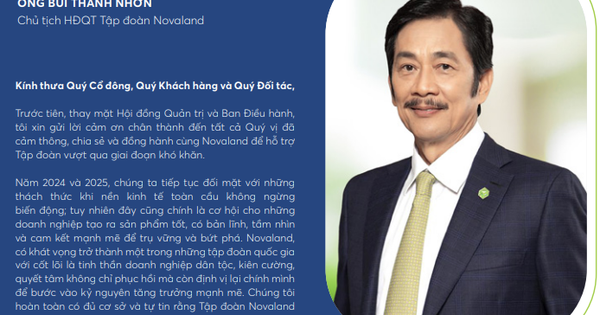

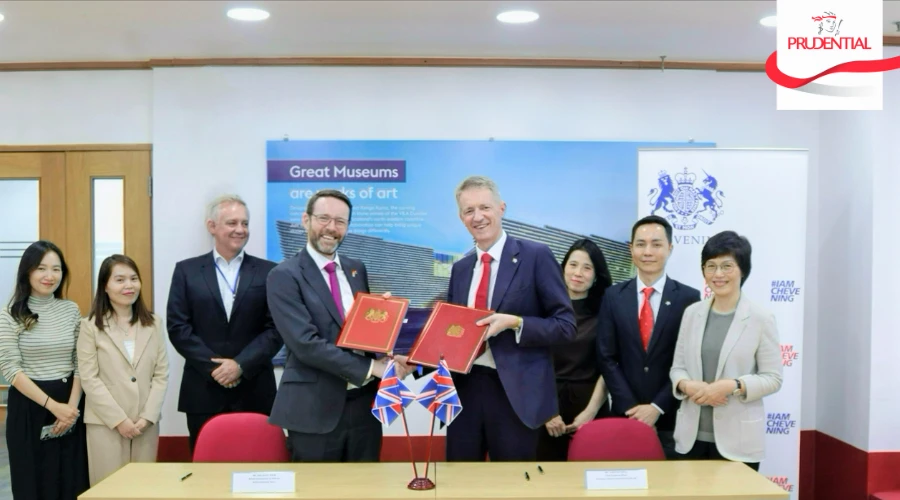

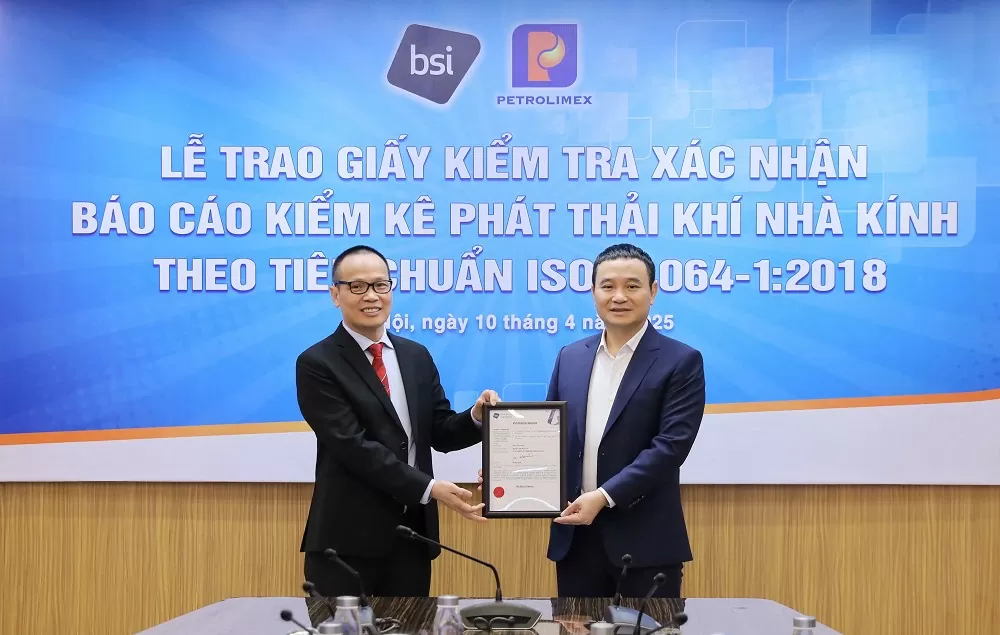

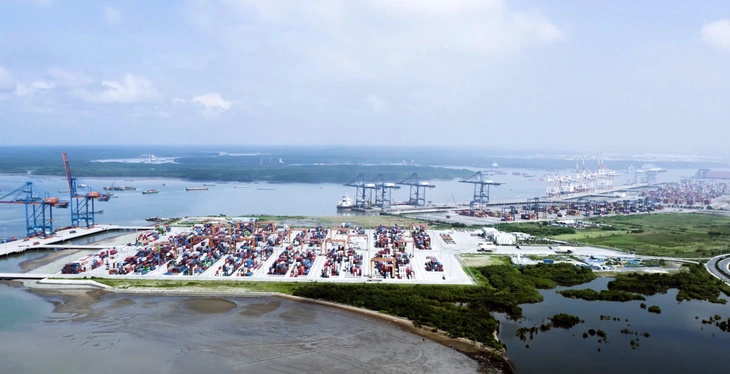



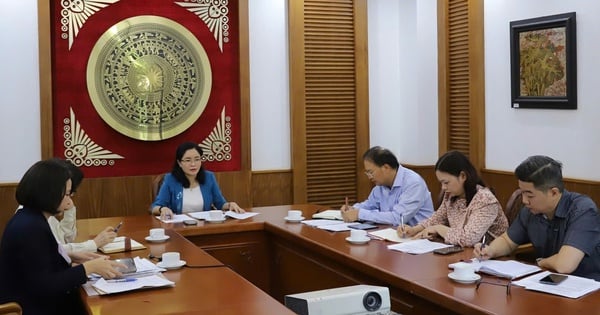

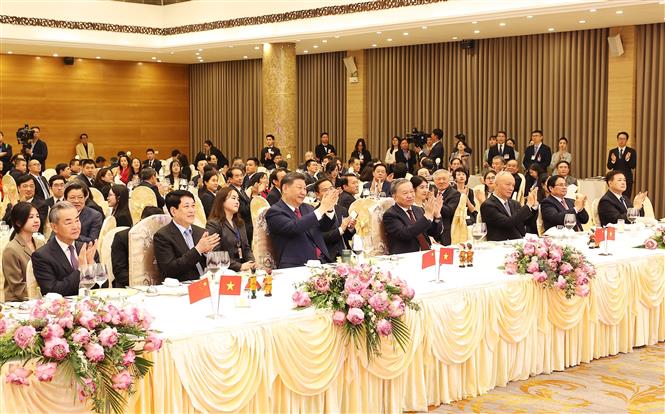

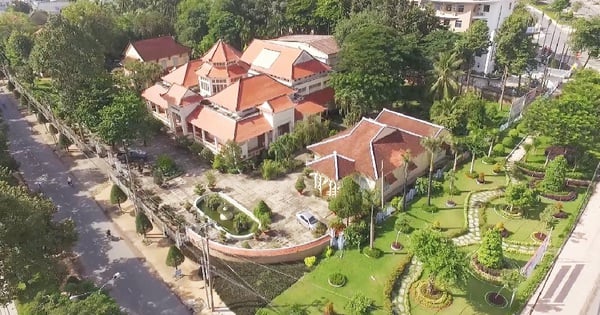

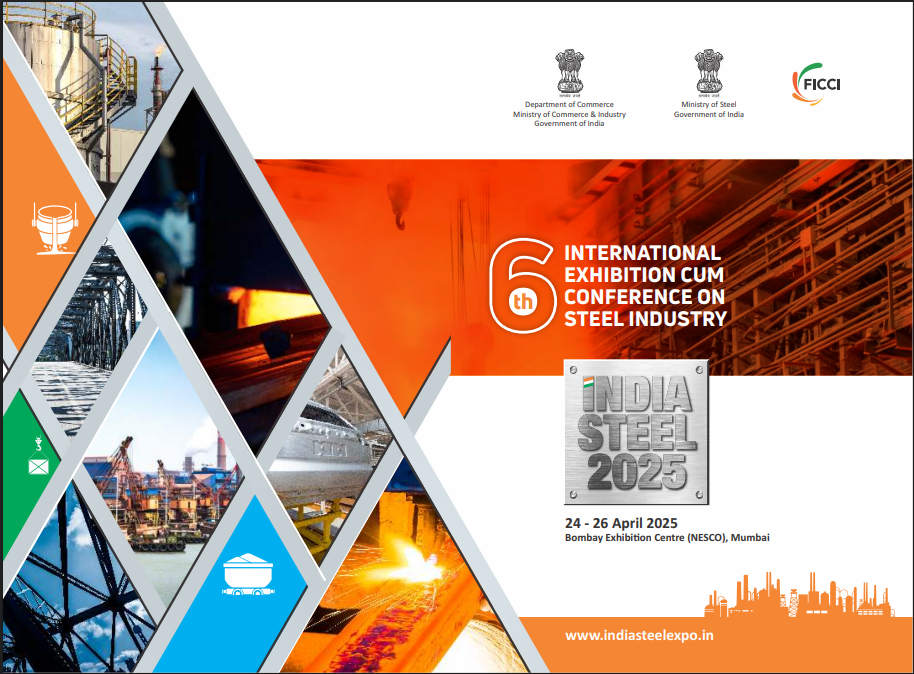

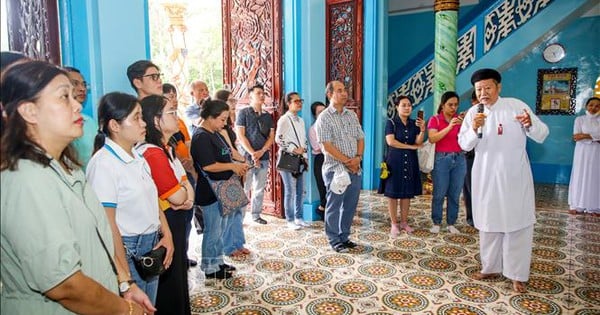
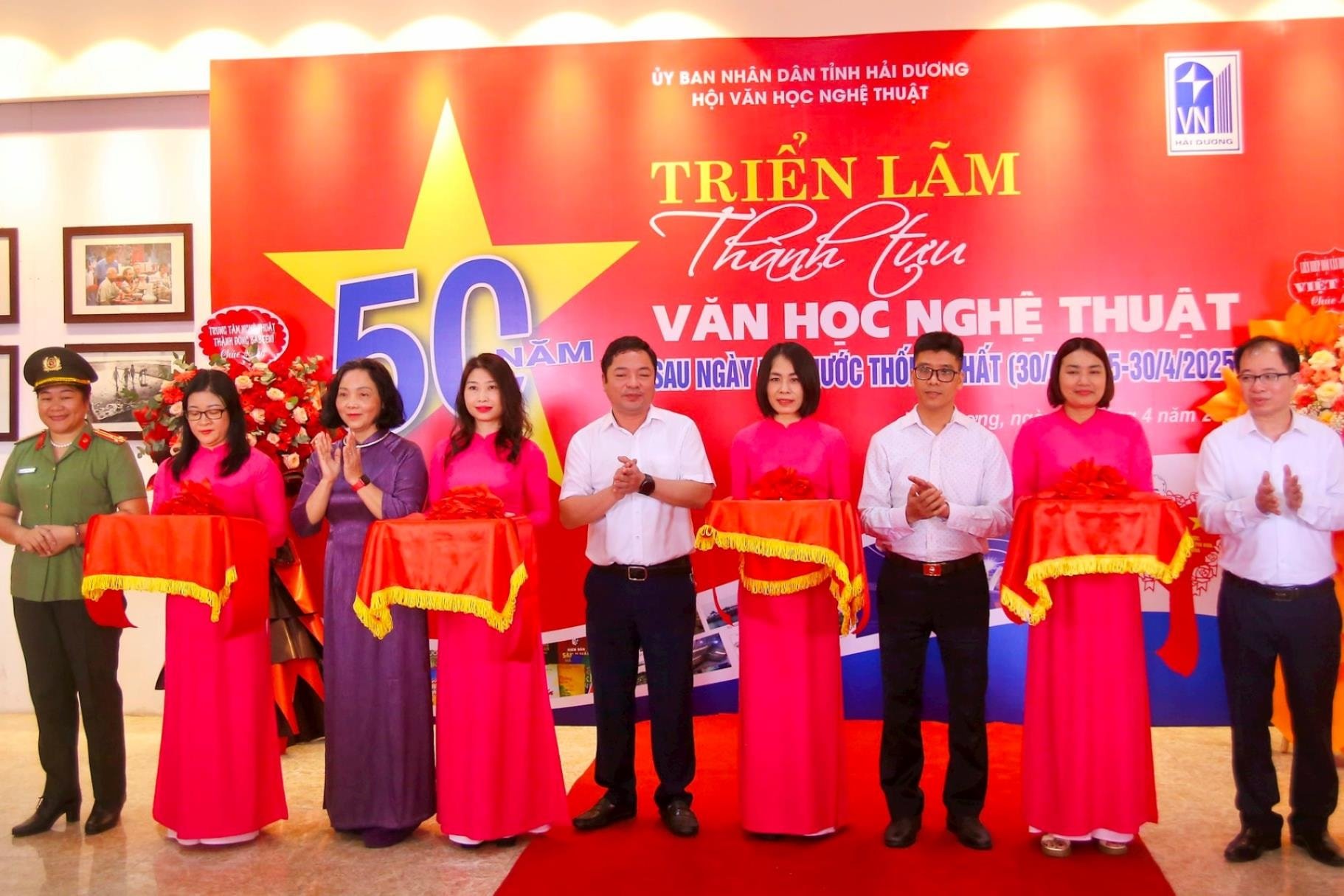

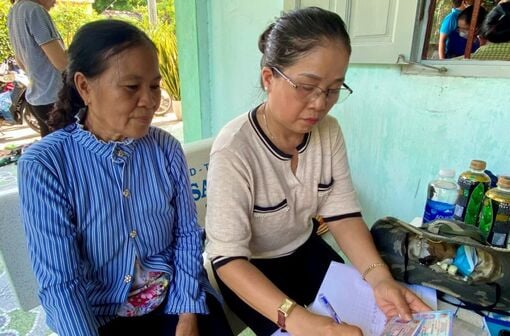

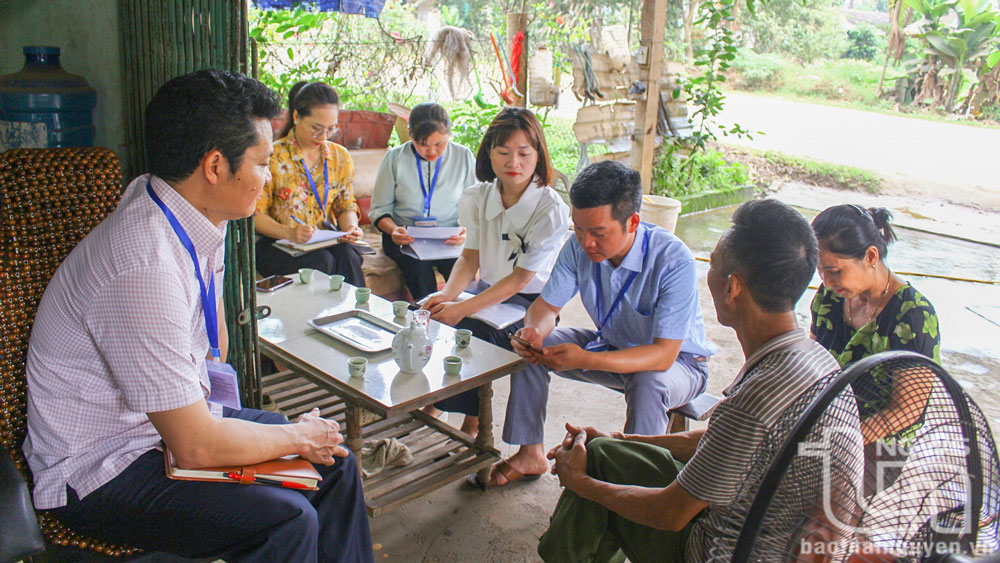

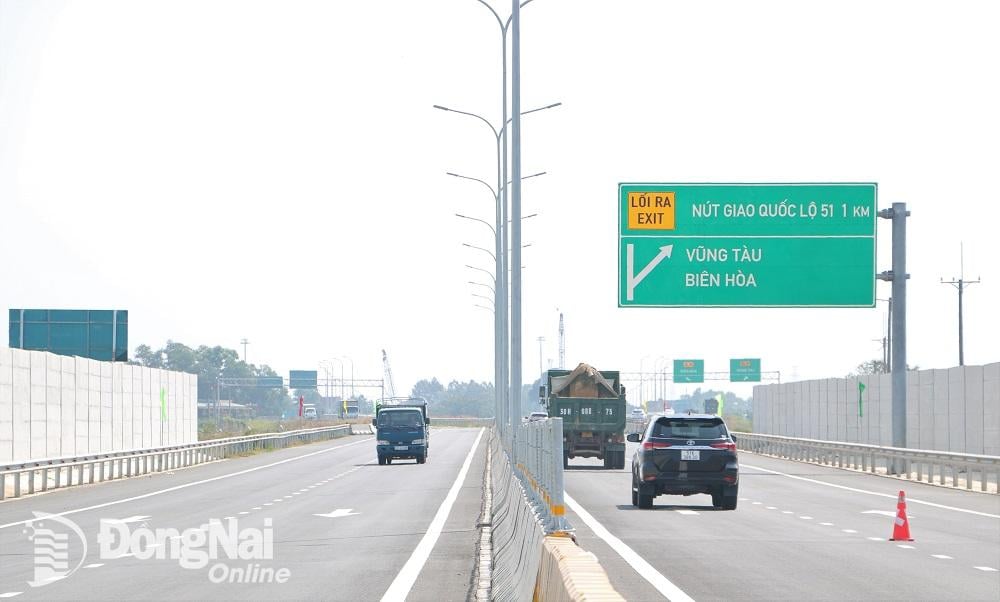

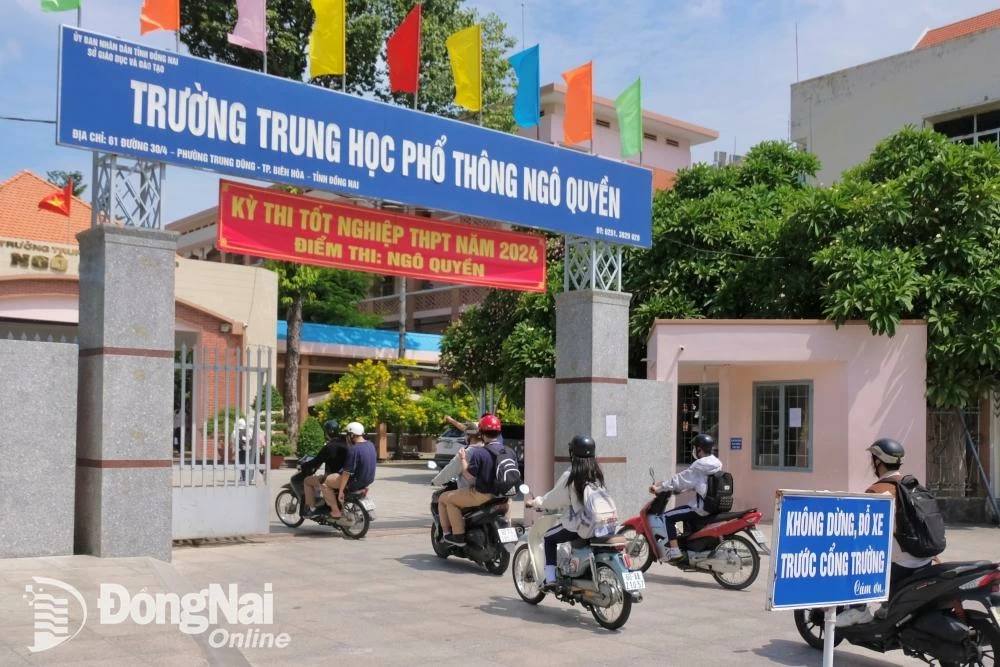
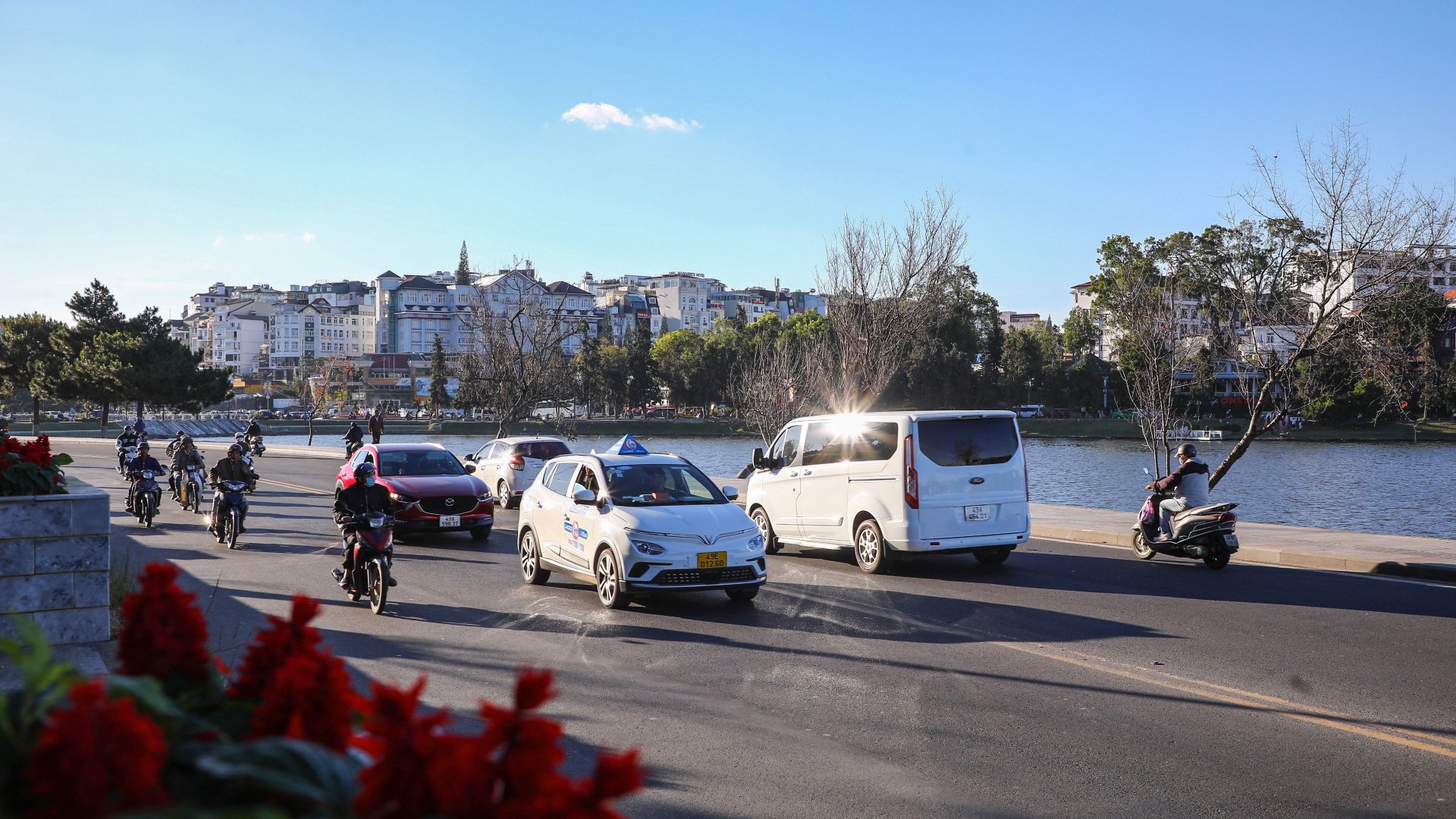

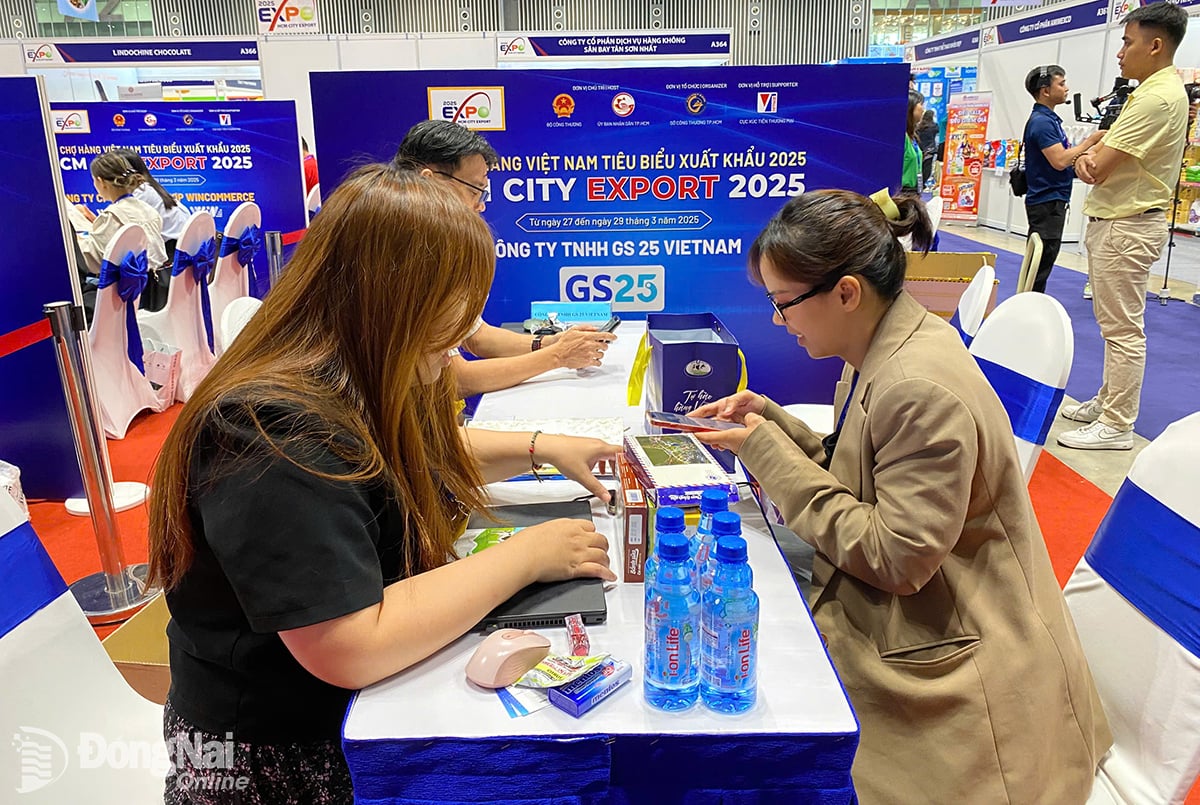
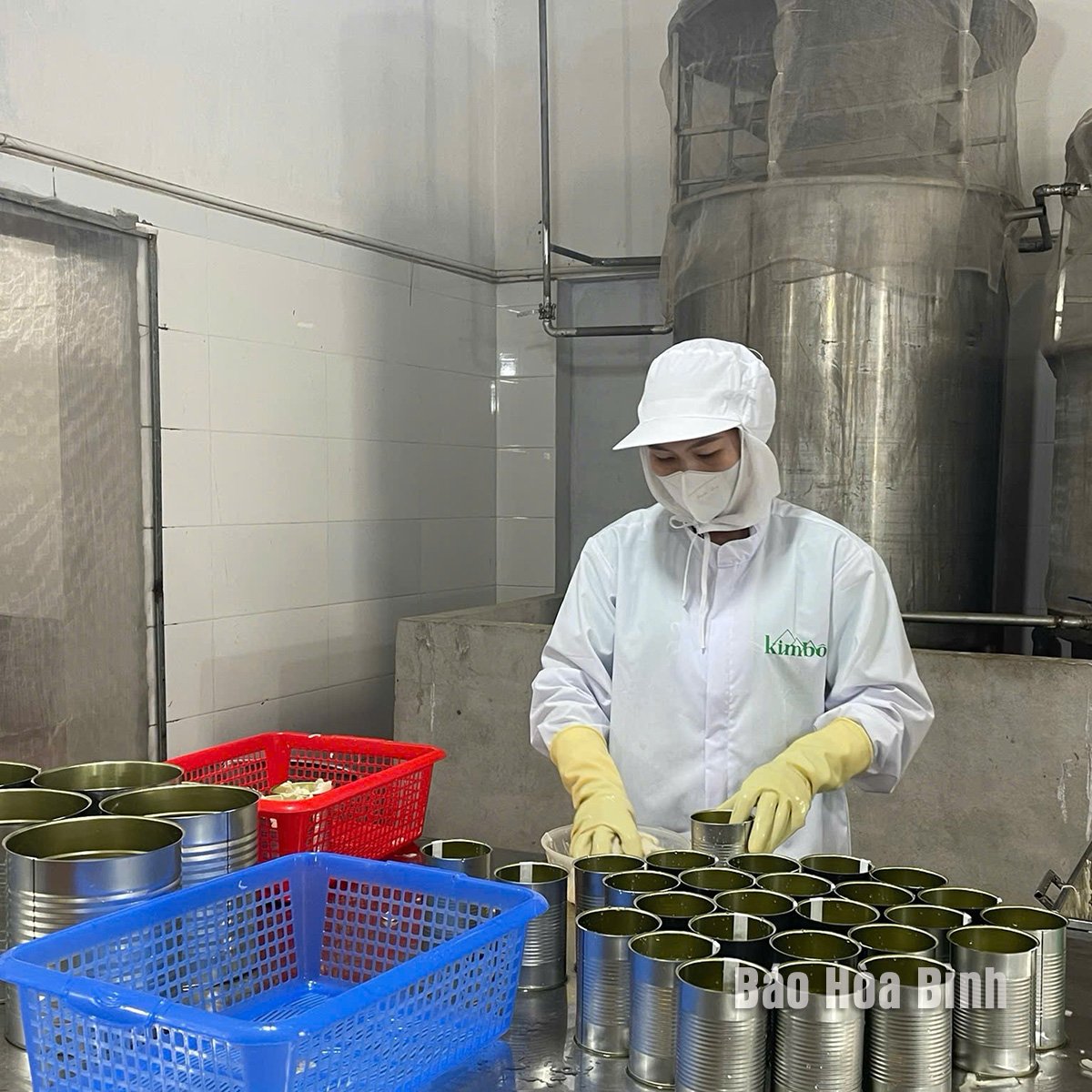

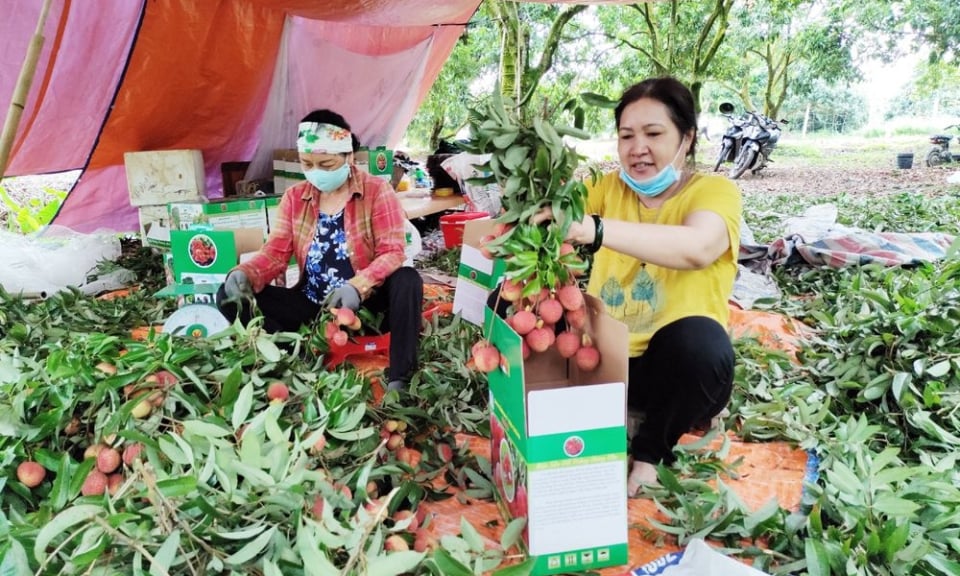
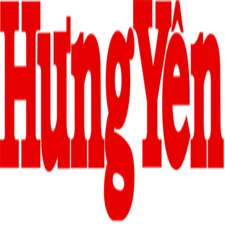
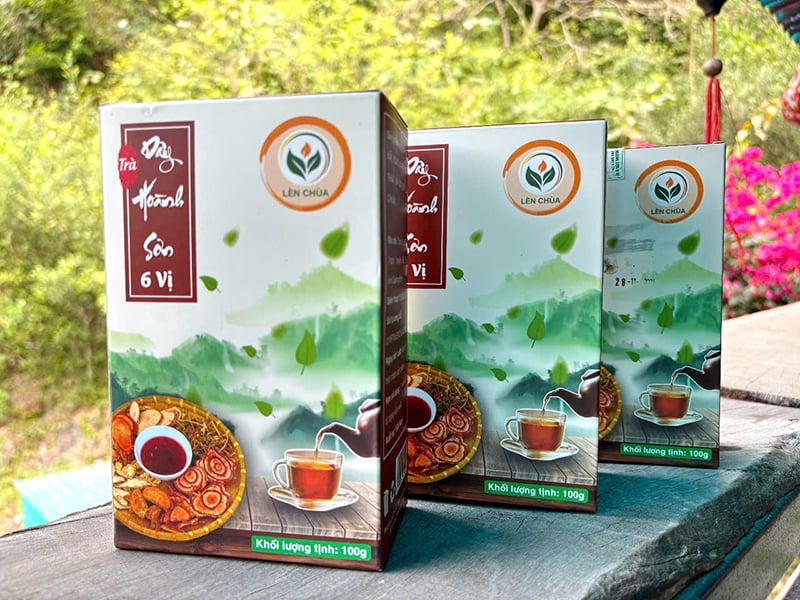
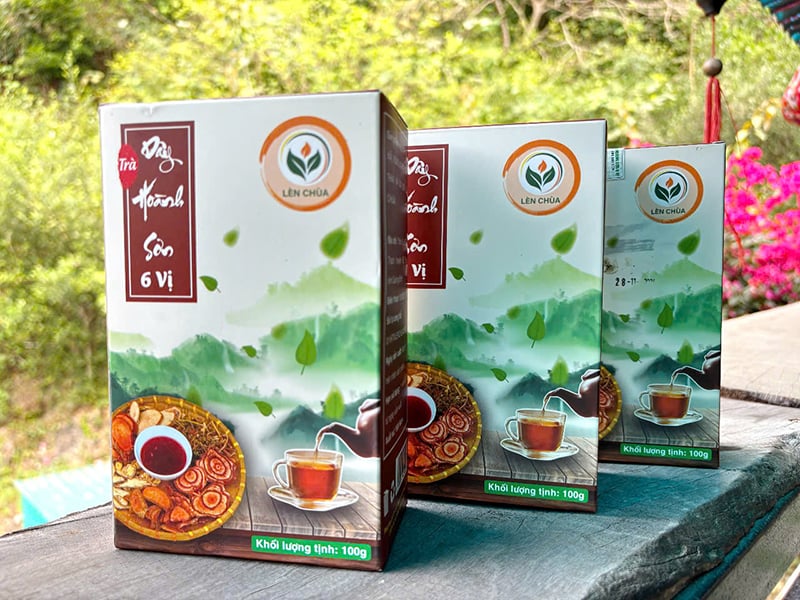


Comment (0)